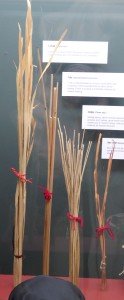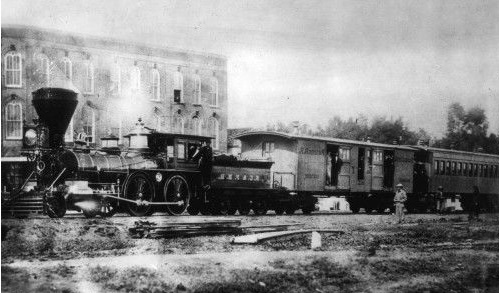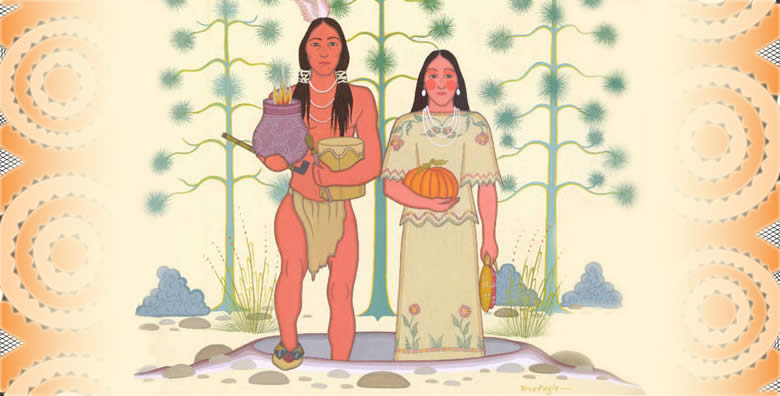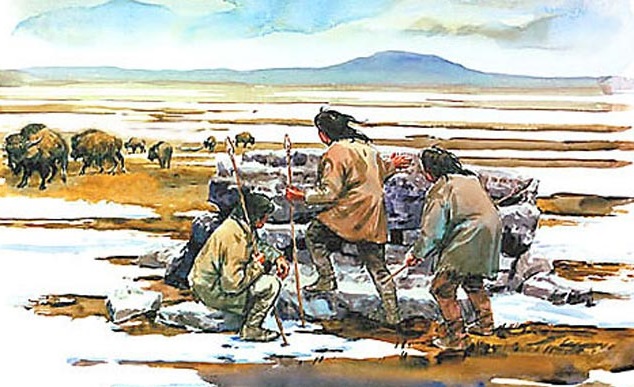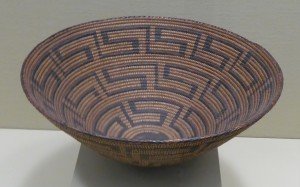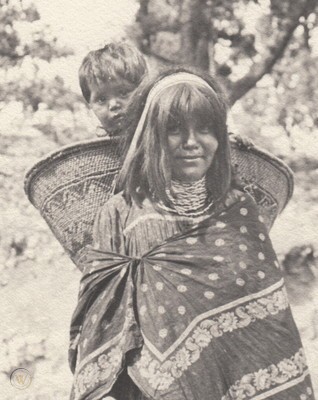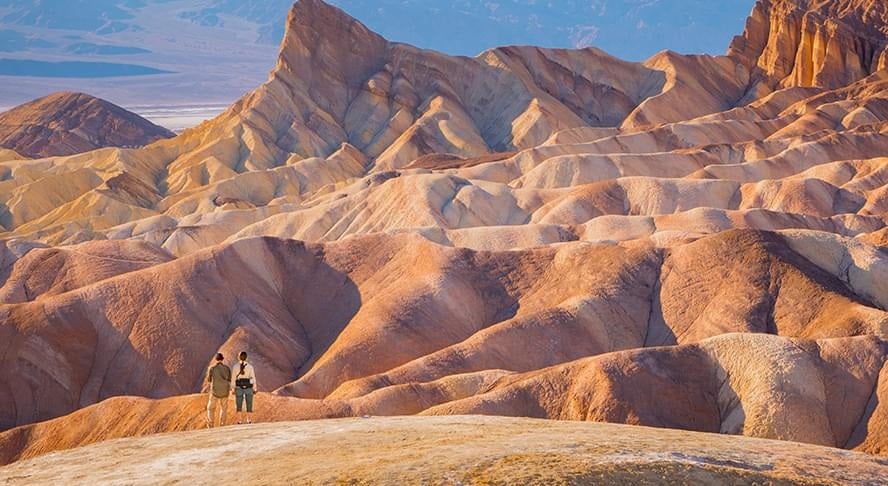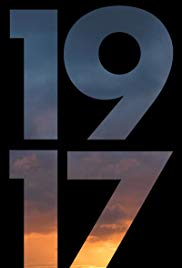Pat Courtney Gold’s Baskets
Basketry is probably the oldest art form, although the archaeological record is devoid of the earliest basketry. In his 1904 book American Indian Basketry, Otis Mason writes: “In ultimate structure, basketry is free-hand mosaic or, in the finest materials, like pen-drawings or beadwork, the surface being composed of any number of small parts—technically decussations, stitches, … Continued
